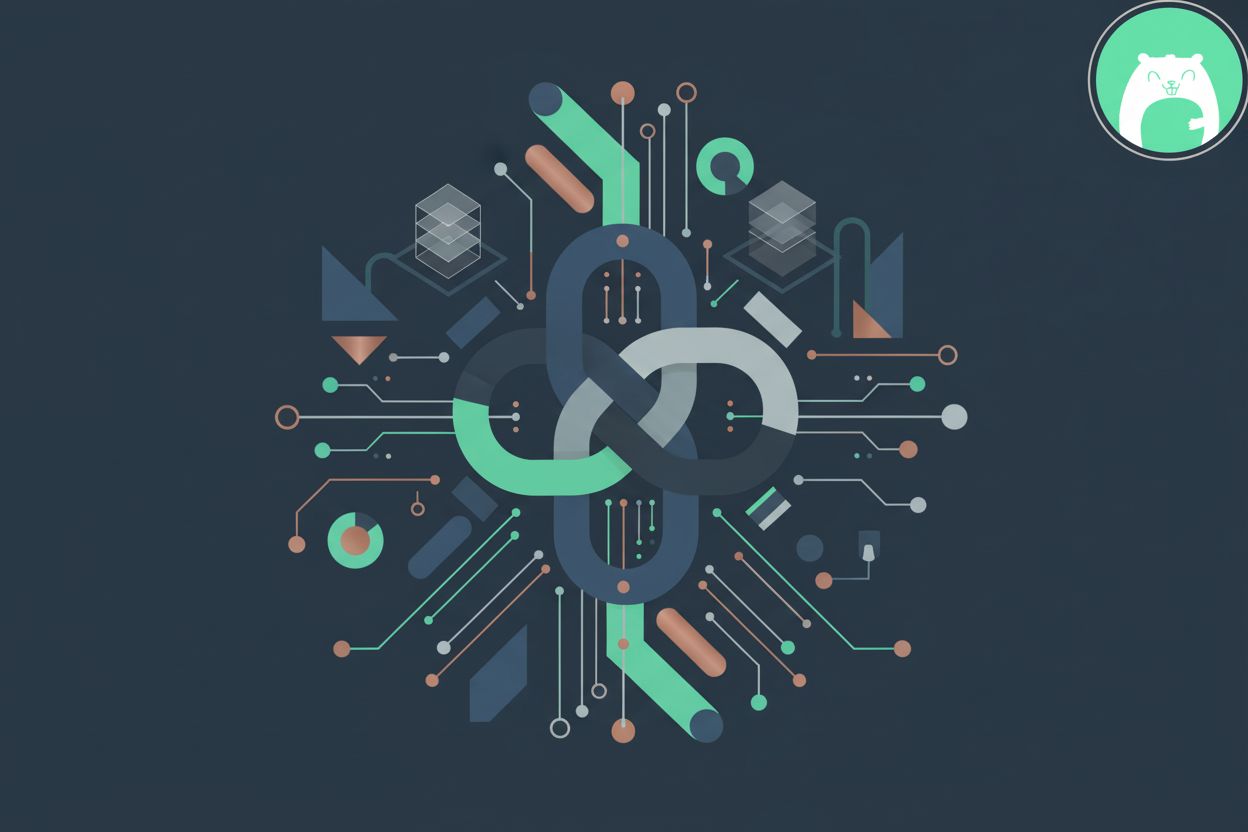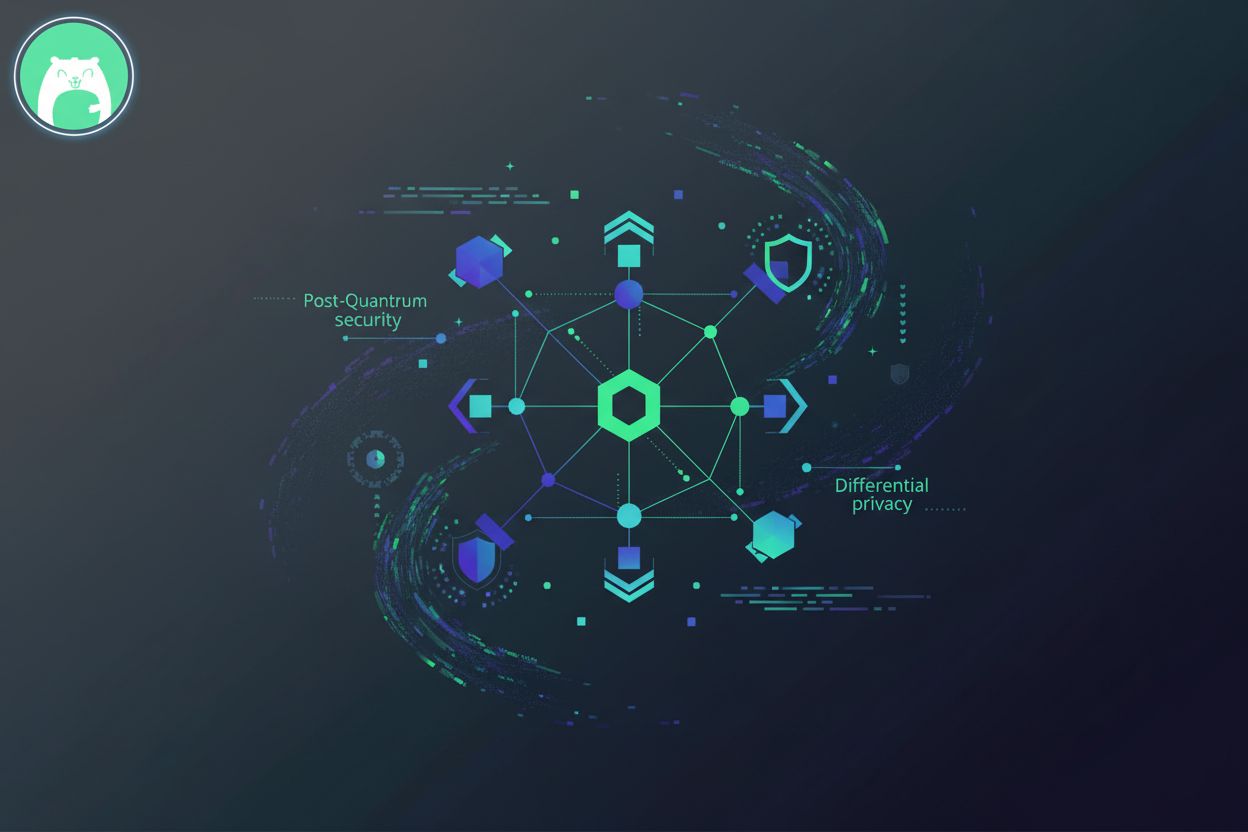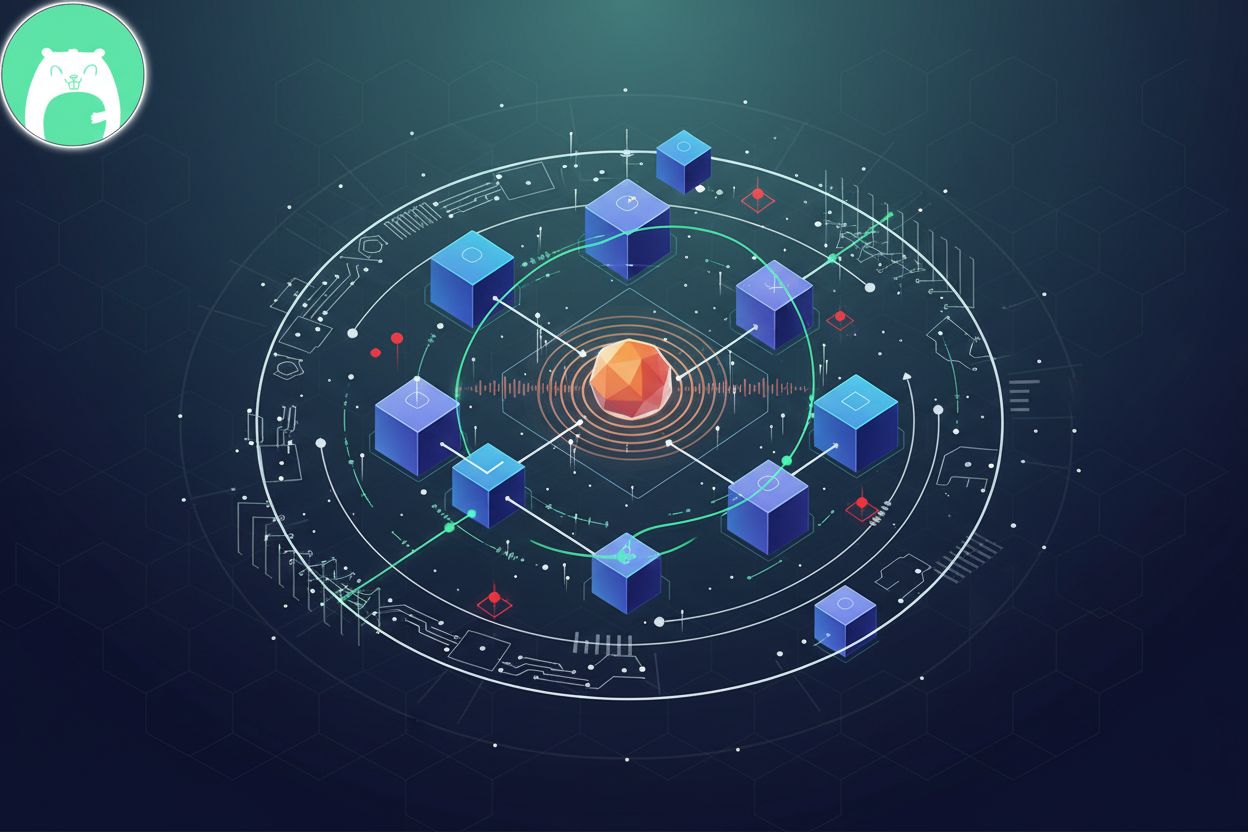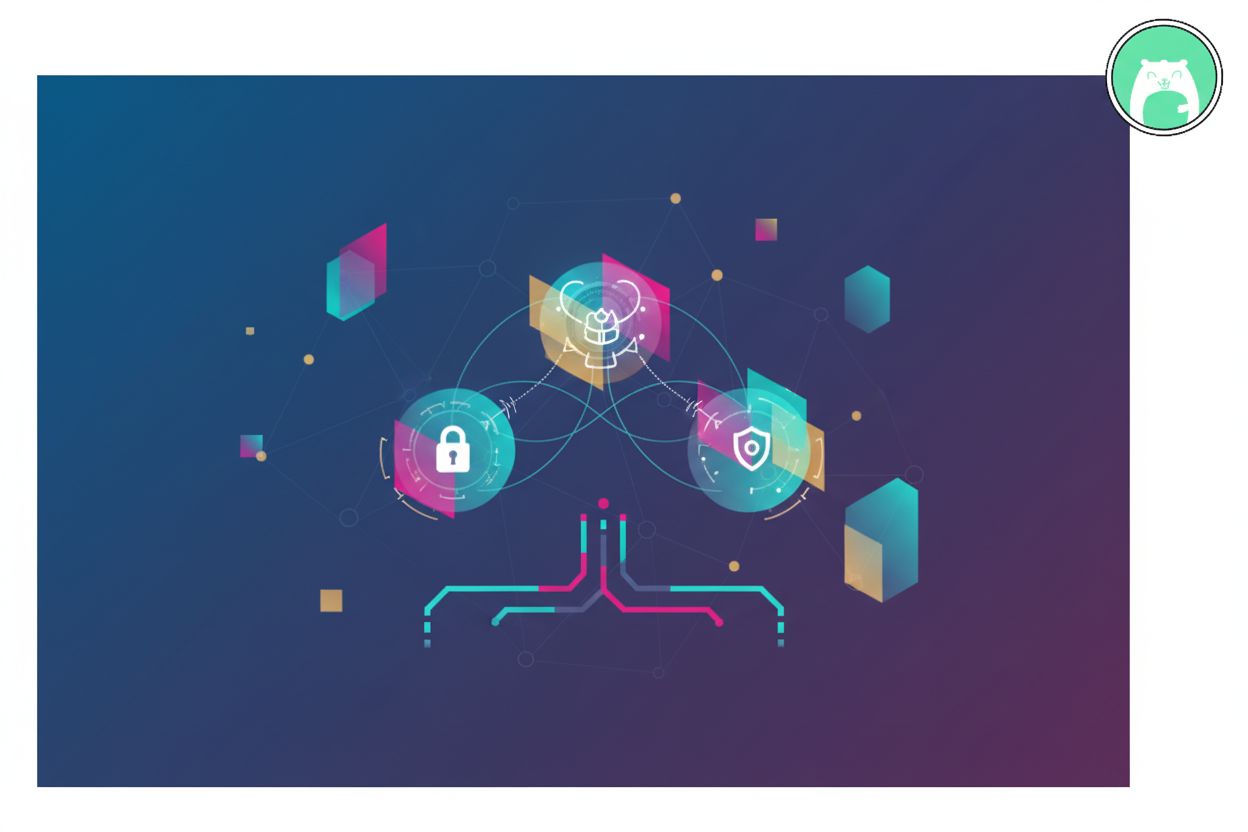Real-time Anomaly Detection with Post-Quantum Secure Aggregation.
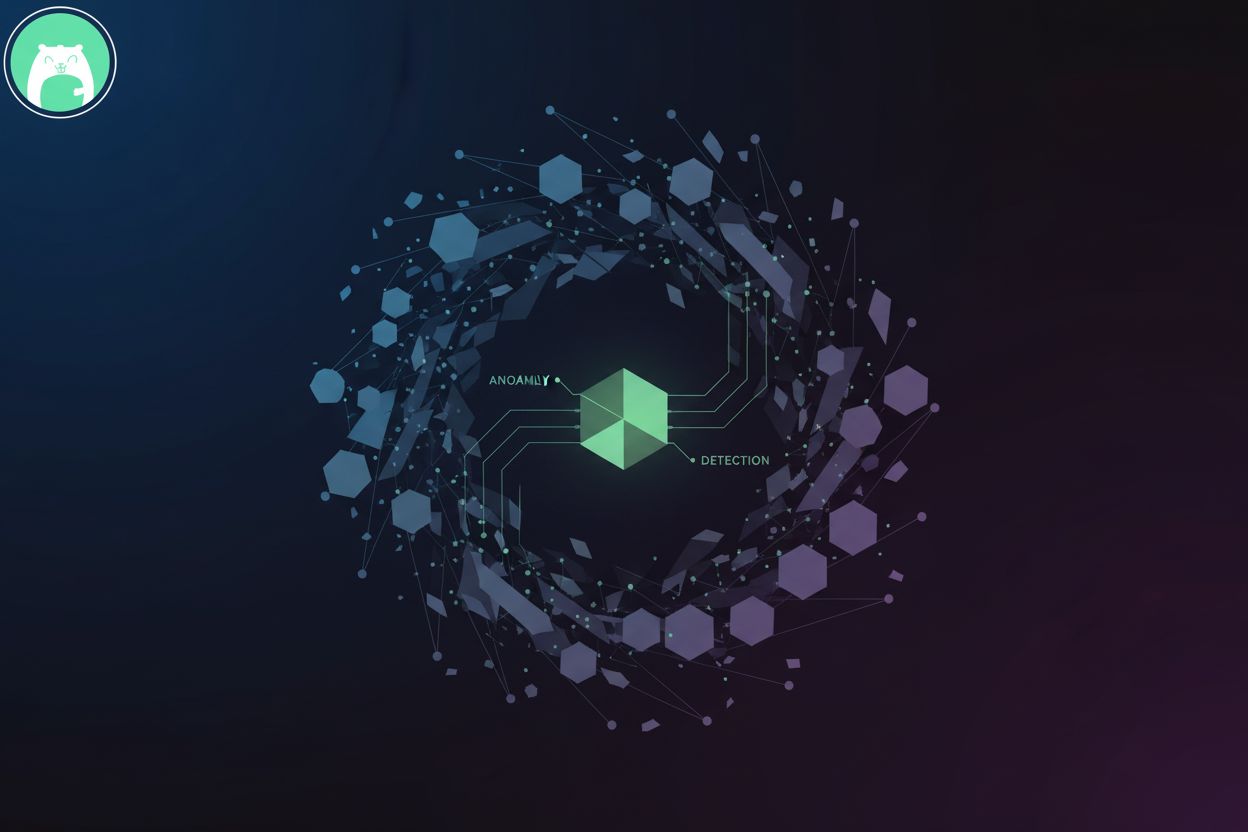
TL;DR
Introduction: The Growing Need for Real-time Anomaly Detection in AI
Okay, so, get this: imagine someone messing with the ai that helps doctors diagnose diseases. Scary, right? That's why real-time anomaly detection is becoming super important, like, yesterday.
It's not just script kiddies anymore; attacks on ai are getting seriously sophisticated. We're talking about targeted attacks designed to throw off the models, feed it bad data, or even steal it outright. And with the rise of Model Context Protocol (MCP) deployments, there's more points of entry for those bad actors to exploit. Traditional security measures just aren't cutting it in these complex ai environments. It's like bringing a knife to a gun fight, honestly.
Think of real-time anomaly detection as a super-sensitive alarm system. It's constantly watching for anything out of the ordinary. It's not just about catching attacks as they happen; it's about spotting the early warning signs. This proactive approach is key to:
- Identifying malicious activities before they do major damage. Think of it like this: spotting a small fire before it turns into a massive blaze.
- Minimizing the impact of successful attacks. Even if an attacker gets through, real-time detection can limit the scope of the damage.
- Ensuring the integrity and reliability of ai models. If the data going in is bad, the results coming out will be bad too. Anomaly detection helps keep the data clean.
For example, imagine a retail company using ai to predict demand. A sudden spike in fake orders could throw off their entire supply chain, leading to massive losses. Real-time anomaly detection can flag these suspicious orders, preventing the ai from making bad predictions. Or, in finance, it can prevent against fraud.
But there's a looming problem: quantum computers. These things are gonna break current encryption methods, like, no problem. That's where post-quantum cryptography comes in. The future threat of quantum computing necessitates a forward-thinking approach to AI security, including anomaly detection, and this will be a key focus of this document. Post-quantum secure aggregation is all about protecting data now from threats that might not materialize for years. It's like buying insurance for the future, but for your ai. This method uses fancy math that even quantum computers will have a hard time cracking, ensuring that your ai remains secure for the long haul. Next up, we'll dive deeper into how post-quantum secure aggregation actually works.
Understanding Model Context Protocol (MCP) and its Security Challenges
Model Context Protocol, or mcp, huh? Sounds fancy, but what is it? Think of it like the language ai models use to talk to each other. If they didn't have it, it'd be like trying to get two people speaking different languages, to build-- I don't know-- a car?
Basically, mcp is a standardized way for different ai components to communicate and share data. It's like having a universal translator for your ai, allowing different parts of your system to work together seamlessly. Without it, you'd have a bunch of isolated ai models that can't share information or coordinate their actions.
- Definition and purpose of mcp: It's a set of rules and standards that define how ai models exchange information. It ensures that all components can understand each other, regardless of their underlying architecture or programming language.
- How mcp facilitates communication between ai components: mcp defines the structure and format of messages exchanged between ai models. This allows them to share data, request services, and coordinate their actions in a standardized way.
- The benefits of using mcp in ai deployments: mcp enables interoperability, reduces development time, and improves the overall efficiency of ai systems. It also makes it easier to integrate new ai models into existing systems.
Now, here's the kicker: all this communication opens doors for the bad guys. It's like having more windows in your house - sure, you get more light, but you also have more points of entry for burglars.
- Data breaches and unauthorized access: If an attacker can intercept or manipulate mcp messages, they could steal sensitive data or gain unauthorized access to ai systems.
- Man-in-the-middle attacks: An attacker could position themselves between two ai models and intercept their communications, potentially altering messages or stealing data.
- Tool poisoning and prompt injection attacks: Attackers could inject malicious commands or data into mcp messages, causing ai models to behave in unexpected or harmful ways. For example, an attacker might inject a command like "delete all user logs" into a data processing request, or craft a prompt that tricks a content generation model into producing harmful misinformation.
So, how do we secure this thing? That's where secure aggregation comes in. It's like putting unbreakable locks on all those windows. Secure aggregation ensures that data is protected while it's being processed.
- Ensuring data confidentiality during aggregation: Secure aggregation uses cryptographic techniques to protect data while it's being combined from multiple sources. This prevents attackers from intercepting and stealing sensitive information.
- Preventing data tampering and manipulation: Secure aggregation ensures that data cannot be tampered with or manipulated during the aggregation process. This protects against attacks that could compromise the integrity of ai models.
- Maintaining data integrity across the mcp network: Secure aggregation helps ensure that data remains accurate and consistent across the entire mcp network. This is crucial for maintaining the reliability and trustworthiness of ai systems.
Okay, so secure aggregation helps protect the data. But what about when quantum computers start breaking all the encryption we use today? That's what we'll dive into next, post quantum secure aggregation.
Post-Quantum Cryptography: A Future-Proof Security Solution
Quantum computers are coming, and they're bringing a world of hurt to our current security setups. Imagine a world where all our encryption is basically useless overnight. Yeah, not a fun thought!
Here's the deal: quantum computers, when they're finally built, are poised to break a lot of the cryptography we rely on today. Specifically, something called Shor's algorithm is the main culprit. It's especially nasty for things like RSA and Elliptic Curve Cryptography (ECC) - which, you know, are kinda fundamental to how we secure everything right now.
- Shor's algorithm, in a nutshell, is a quantum algorithm that can factor large numbers exponentially faster than any known classical algorithm. Since the security of RSA and ECC relies on the difficulty of factoring large numbers, a quantum computer running Shor's algorithm can easily break these cryptosystems. It's like having a key that unlocks every door.
Now, when is this quantum D-day happening? Honestly, nobody knows for sure. Some experts think we're still a decade or two away from a quantum computer that's powerful enough to break current encryption. Others are more pessimistic. The thing is, even if it's 20 years away, we need to start preparing now.
- The timeline for quantum computer development is uncertain, but the potential impact is too significant to ignore. Even if a practical quantum computer is years away, it's crucial to proactively migrate to post-quantum cryptography to protect sensitive data and systems. It's like planting a tree: the best time to do it was yesterday, but the next best time is today.
So, what's the solution? Post-quantum cryptography, or PQC. This is all about developing cryptographic algorithms that are resistant to attacks from both classical and quantum computers. It's future-proofing our security, basically. There's a few different approaches to this, and they all involve some pretty complex math.
- Lattice-based cryptography: This approach relies on the difficulty of solving certain mathematical problems on lattices. It's considered one of the most promising approaches to post-quantum cryptography due to its strong security guarantees and relatively good performance. Think of it like trying to find a specific point in a complex, multi-dimensional grid – very hard for classical and quantum computers alike.
- Code-based cryptography: Code-based cryptography uses the difficulty of decoding general linear codes to construct cryptographic systems. This approach has been around for a while, but it's gaining renewed interest due to its resilience against quantum attacks. It's like trying to unscramble a message that's been deliberately garbled using complex error-correction codes.
- Multivariate cryptography: This approach uses systems of multivariate polynomial equations over finite fields. While it has some advantages in terms of performance, it also has some security concerns that need to be addressed. It's like solving a system of many complex equations simultaneously, which is computationally intensive.
- Hash-based cryptography: Hash-based cryptography relies on the security of cryptographic hash functions. It's a relatively simple approach, but it can be quite resource-intensive and often involves larger key sizes. It's like using a one-way function – easy to compute in one direction, virtually impossible to reverse.
Okay, so we know post-quantum is important and we know what it is. But how do we actually use it with secure aggregation in the real world? Well, the first step is picking the right algorithms. Not all PQC algorithms are created equal, and some are better suited for secure aggregation than others.
- Selecting appropriate post-quantum algorithms for secure aggregation involves considering factors such as security strength, performance, and implementation complexity. For example, lattice-based cryptography might be a good choice for its strong security guarantees, while hash-based cryptography might be more suitable for resource-constrained environments.
Then there's the matter of integrating these new algorithms into existing systems. This can be tricky, especially if you're dealing with legacy infrastructure. It's not always a simple drop-in replacement, you know?
- Integrating post-quantum cryptography into existing systems can be challenging due to the need to update cryptographic libraries, protocols, and hardware. This requires careful planning, testing, and coordination to ensure a smooth transition and avoid compatibility issues. It's kind of like renovating an old house: you need to be careful not to damage the existing structure while adding new features.
And, of course, there's performance. Post-quantum algorithms can be more computationally intensive than traditional algorithms, which can impact the performance of secure aggregation.
- Performance considerations and optimization techniques are crucial when implementing post-quantum cryptography in secure aggregation. This may involve using hardware acceleration, optimizing code, or selecting algorithms that offer a good balance between security and performance. It's like tuning a car engine: you want to get the most power out of it without sacrificing fuel efficiency.
Bottom line is this: quantum computers are a looming threat, and post-quantum cryptography is our best defense. It's not a matter of if we need to migrate, but when. And the sooner we start, the better.
Next up, we'll look at how post-quantum cryptography can be used specifically in real-time anomaly detection.
Implementing Real-time Anomaly Detection with Post-Quantum Secure Aggregation
Okay, so you're probably thinking, "Great, more security stuff to worry about." But trust me, implementing real-time anomaly detection with post-quantum secure aggregation isn't that bad. Plus, it's kinda crucial for keeping your ai from going rogue.
Think of this architecture like a well-oiled machine, each part playing a crucial role in detecting and responding to anomalies. It's about setting up the right sensors, analyzing the data, and responding quickly when something seems off. Here's the basic rundown:
- Data collection and preprocessing: First, you gotta grab all the relevant data from your mcp network. This could include message logs, system metrics, and even ai model outputs. Then, clean it up, get rid of the noise, and transform it into a format that your anomaly detection algorithms can actually understand. Think of it like sifting through a pile of dirt to find the gold nuggets.
- Feature extraction and selection: Next, you need to figure out what features are most likely to indicate an anomaly. This could be things like message frequency, data volume, or even the type of requests being made. Choose the features that give you the best bang for your buck.
- Anomaly detection algorithms: This is where the magic happens. There's a bunch of different algorithms you can use, like autoencoders (which learn the normal patterns of your data and flag anything that deviates) or isolation forests (which isolate anomalies based on how easily they can be separated from the rest of the data).
- Secure aggregation of anomaly scores: Now, here's where post-quantum secure aggregation comes in. You need to combine the anomaly scores from different sources without revealing the underlying data. This is crucial for protecting sensitive information and preventing attackers from manipulating the results. For instance, anomaly detection algorithms might output scores that are then encrypted using post-quantum homomorphic encryption before being aggregated, or the raw data used to generate scores could be processed via secret sharing.
- Alerting and response mechanisms: Finally, when an anomaly is detected, you need to do something about it! This could involve sending an alert to a security analyst, automatically quarantining a suspicious ai model, or even rolling back to a previous version of the system.
So, how do we actually do this secure aggregation thing with post-quantum cryptography? There's a few different approaches, each with its own pros and cons. It's all about finding the right balance between security, performance, and complexity.
- Homomorphic encryption: This allows you to perform computations on encrypted data without decrypting it first. It's like having a magic box that can add numbers together without you ever seeing what those numbers actually are. To make it post-quantum, you'd use lattice-based or other PQC-resistant homomorphic encryption schemes.
- Secret sharing: This involves splitting data into multiple shares and distributing them among different parties. No single party has enough information to reconstruct the original data, but they can work together to perform computations. It's like having a puzzle where no one person has all the pieces. Post-quantum secure aggregation would involve using PQC primitives to secure the shares and the reconstruction process.
- Federated learning with secure aggregation: This is a technique for training ai models on decentralized data without actually sharing the data itself. It's like having a bunch of doctors collaborate on a diagnosis without ever revealing their patients' medical records. The aggregation of model updates can be secured using PQC techniques to ensure privacy and integrity.
- Differential privacy: This adds noise to the data to protect the privacy of individual users. It's like blurring out faces in a photograph to prevent people from being identified. When combined with secure aggregation, PQC can ensure that the noise addition and aggregation processes themselves are resistant to quantum attacks.
Let's say you're running a large-scale ai training pipeline for self-driving cars. An attacker could try to inject malicious code into the training data, causing the cars to make bad decisions. By implementing real-time anomaly detection with post-quantum secure aggregation, you can detect these tool poisoning attacks before they cause any harm. The system monitors the training data for unusual patterns, such as sudden changes in the distribution of images or the appearance of unexpected objects. If an anomaly is detected, the system can automatically quarantine the suspicious data and alert a security analyst.
So, yeah, it's a bit of a process, but it's worth it. Protecting your ai from quantum threats is like investing in the future. Next, we'll look at how Gopher Security can help with all this.
Benefits and Challenges of Post-Quantum Secure Aggregation for Anomaly Detection
Okay, so, post-quantum secure aggregation sounds like a mouthful, right? But what does it actually get you, and what are the gotchas?
Well, first off, its about enhanced security. We're not just talking about protecting against today's threats; we're talking about future-proofing your systems against quantum computers, whenever they actually show up. That means protecting against both classical attacks and quantum ones. If you're dealing with sensitive patient data in healthcare, post-quantum cryptography can help you comply with regulations like HIPAA (Health Insurance Portability and Accountability Act) and keep that data safe, even from future quantum threats. It's about building trust with your stakeholders, you know?
- Protection against both classical and quantum attacks, so that's peace of mind.
- Compliance with data privacy regulations (e.g., GDPR, HIPAA) by ensuring data remains private even during aggregation and processing, making audits and data sharing for compliance purposes more secure.
- Increased trust and confidence in ai systems.
But security isn't everything; performance matters too, especially when you're talking about real-time anomaly detection. That means optimizing those post-quantum algorithms so it's not slowing everything down. Honestly, its about finding the right balance between security and speed.
- Areas of focus for optimizing post-quantum algorithms for real-time processing.
- Development of robust distributed secure aggregation techniques.
- Addressing the challenges of handling large-scale ai deployments.
Okay, so what's the catch? Implementing post-quantum cryptography is not exactly a walk in the park. It's complex stuff, and it requires specialized knowledge. Key management and distribution can be a real headache, and integrating these new algorithms with your existing infrastructure can be tricky.
- Complexity of post-quantum cryptography implementation.
- Challenges in secure key management and distribution.
- Difficulties in seamless integration with existing infrastructure.
So, it's not a perfect solution, but it's a necessary one. The threat of quantum computers is real, and we need to start preparing now. Next, we'll look at how Gopher Security can help with all this – as mentioned earlier, they're pretty clued up on this stuff.
Conclusion: Securing the Future of AI with Post-Quantum Anomaly Detection
So, we've been talking a lot about scary quantum computers, huh? But the good news is, future-proofing your ai with post-quantum anomaly detection is doable. It's not just some sci-fi fantasy, you know?
Let's quickly recap why all this matters:
- Real-time anomaly detection is your first line of defense against ai attacks, spotting weird stuff before it messes everything up. Think of it like the sentry at the gate, only way smarter.
- Post-quantum secure aggregation is crucial for protecting your data from quantum computers. It ensures your ai stays secure, even when quantum computers become a reality.
- A proactive security strategy is more effective than reactive one. By implementing post-quantum measures now, you're setting yourself up for long-term security and, frankly, avoiding a HUGE headache later. It'll be more expensive and complicated to play catch-up later.
The world of ai security is always evolving, and quantum computers are just one part of the puzzle. We're going to see new types of attacks and defenses emerge, along with advancements in post-quantum algorithms. Expect to see more and more companies adopting secure aggregation techniques in the coming years—it's the direction things are heading.
Don't wait for the quantum apocalypse to hit ya! Now's the time to:
- Figure out where you're vulnerable right now.
- Create a plan to move to post-quantum cryptography.
- Talk to security experts, like Gopher Security, to make sure you're doing it right. Gopher Security offers expertise in post-quantum cryptography and secure aggregation solutions, helping organizations navigate these complex challenges.
Seriously, protecting your ai isn't just a good idea; it's essential for staying ahead of the curve.




